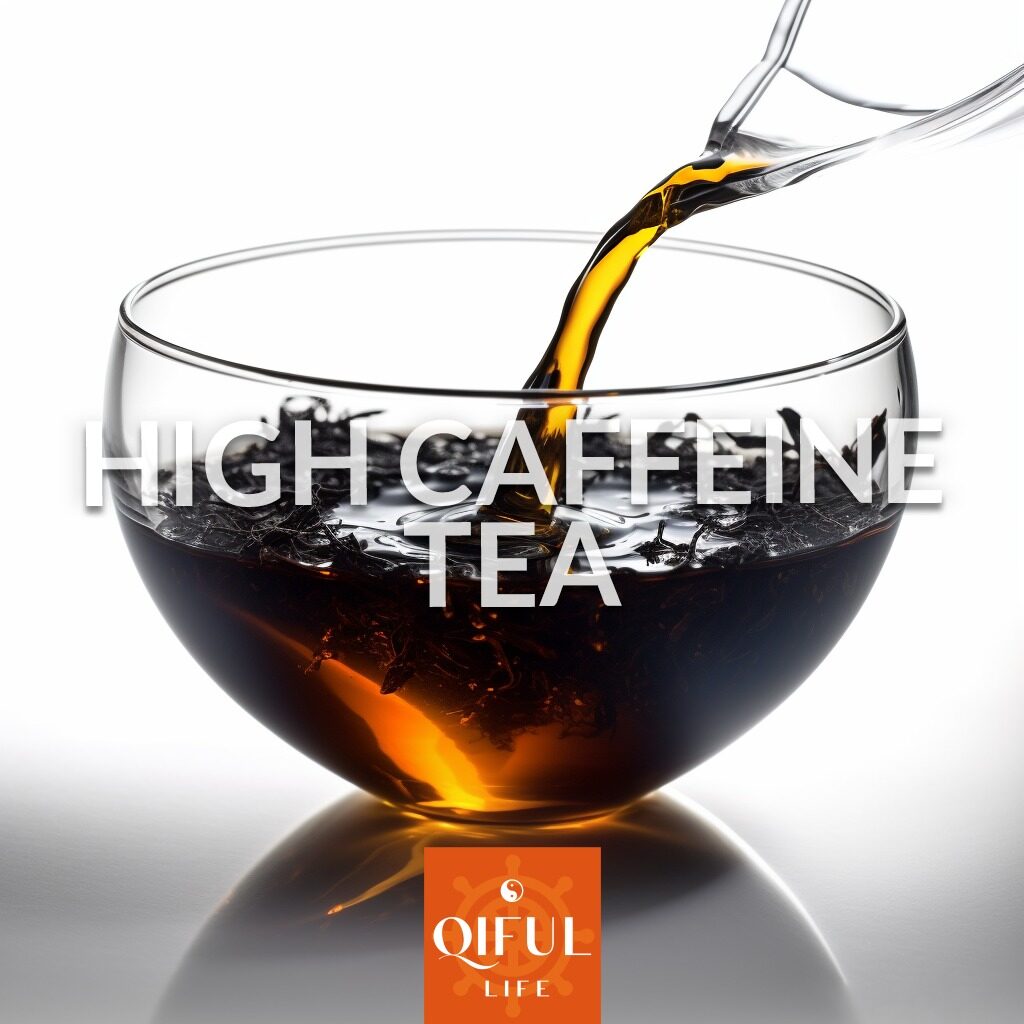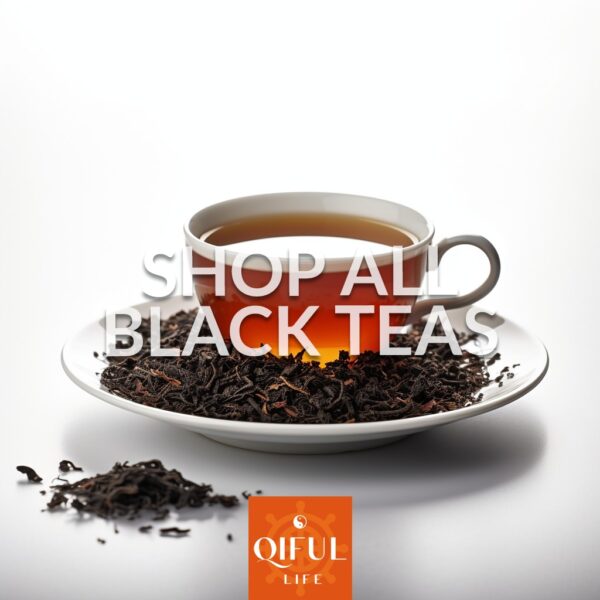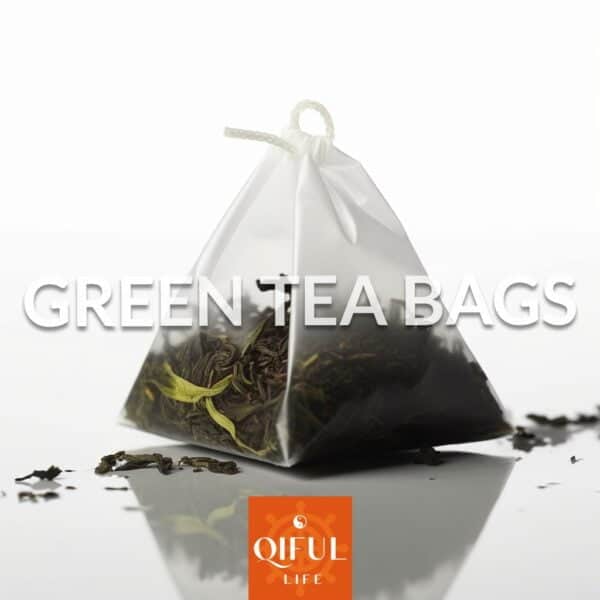Gourmet Tea » Tea Blog » Tea Information » A Complete Guide to High Caffeine Tea

A Complete Guide to High Caffeine Tea
High caffeine tea refers to tea with caffeine levels reaching 30mg per cup. Teas that fall into this category include medium oxidized Oolongs, Puerh, Dark Tea, and Black Tea.
This topic has long been debated. Except for certain herbal teas, all teas contain at least some caffeine. In this article, we explore caffeine levels by tea type and highlight the highest caffeine teas to help you make informed choices.
Comparison Table: Caffeine Content in Tea
| Tea Type | Caffeine Content (mg per cup) |
|---|---|
| Green Tea | 10-30 mg |
| Yellow Tea | 20-30 mg |
| Oolong Tea | 25-45 mg |
| Dark Tea | 40-70 mg |
| Black Tea | 45-70 mg |
Caffeine Levels in Major Tea Categories
Green Tea
Among the major tea categories, green tea has the second-lowest caffeine content, just above herbal teas. Since green tea is unfermented and non-oxidized, it releases only a small amount of caffeine during production. Most studies indicate that a cup of green tea contains about 10-30 mg. Matcha tends to have higher levels, while varieties like Biluochun contain less.
Yellow Tea
Yellow tea ranks as the second-lowest in caffeine content among tea categories, containing about 20-30 mg per cup. With slight oxidation, its level falls between that of green tea and Oolong tea.
Oolong Tea
Oolong caffeine levels depend on the variety. A cup of Oolong tea typically contains 25-45 mg. This range is due to the different levels of oxidation used in Oolong production. Heavily oxidized Oolongs like Rou Gui or Taiwanese Tieguanyin have higher levels, while high mountain Oolongs tend to have less.
Dark Tea
Dark teas, such as Puerh or Tibetan Fuzhuan cultivars, are post-fermented and contain about 40-70 mg per cup. Many tea drinkers find these varieties less stimulating than black tea, likely due to the fermentation process involved.
Black Tea
Black tea is fully oxidized, which leads to a higher concentration of caffeine. It typically contains around 45-70 mg per cup, with some large leaf varieties, like Yunnan Sun Dried Black Tea, reaching even higher levels.
Summary
Black tea has the highest caffeine content, reaching about 45-70 mg per cup, followed by dark tea (40-70 mg), oolong tea (25-45 mg), yellow tea (20-30 mg), and green tea (10-30 mg).
Other Factors
Additionally, young buds contain more caffeine than mature leaves. The processing and brewing methods also influence caffeine levels in tea. Fall harvests typically yield tea with higher amounts compared to spring harvests. Other factors, such as grinding, brewing, and roasting, also play a role in determining levels.
Young Buds and Leaves
Young buds and leaves have more caffeine than mature leaves.
Grinding and Brewing
-
- Brewed tea made from tea bags tends to have lower caffeine levels.
- Grinding tea leaves into powder shortens brewing time but increases caffeine density.
Roasting and Brewing Methods Affect Caffeine Levels
Higher roasting tends to reduce caffeine levels in tea, while brewing with high-temperature water and prolonged soaking can significantly increase caffeine concentration. Cold brewing, on the other hand, generally results in lower caffeine content, although not all teas are suitable for this method. As a result, cold-brewed tea typically has less caffeine compared to hot-brewed tea.
Tea vs Coffee Caffeine Levels
For comparison, an average cup of coffee (237 ml) contains 95 mg of caffeine. Espresso, lattes, and cappuccinos have higher content due to the use of more coffee beans or grounds. An average cup of coffee has 2.5 times higher caffeine levels than a cup of tea.
Other Tea Considerations
Black tea, green tea, and white tea all originate from the same tea tree but differ in their harvest time and level of oxidation. While herbal teas are often marketed as caffeine-free, some varieties can still contain up to 12 mg of caffeine per cup.
FAQ: What Tea has the Highest Caffeine?
Large leaf black tea varieties have the highest caffeine levels. These are typically found in Yunnan, China. Such varieties are typically grown from Puerh tea trees, known for large leaves, stems and buds.



